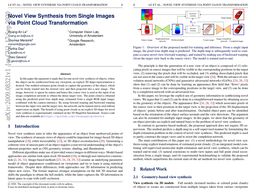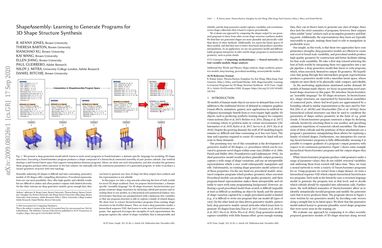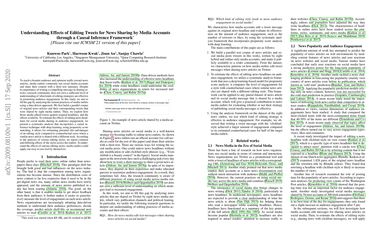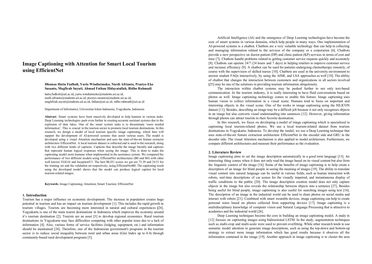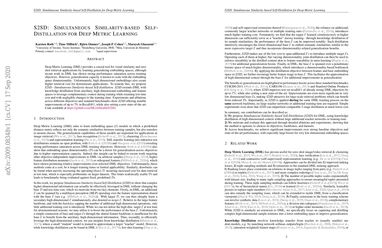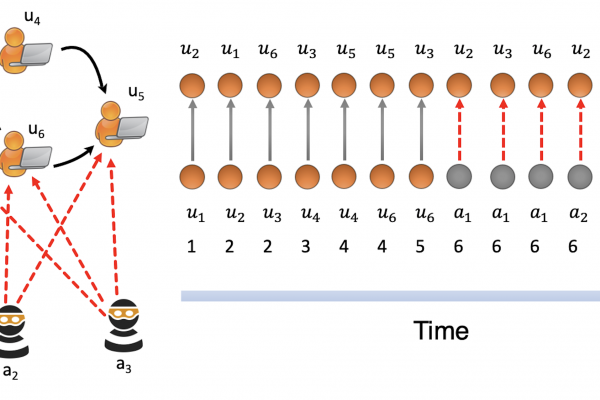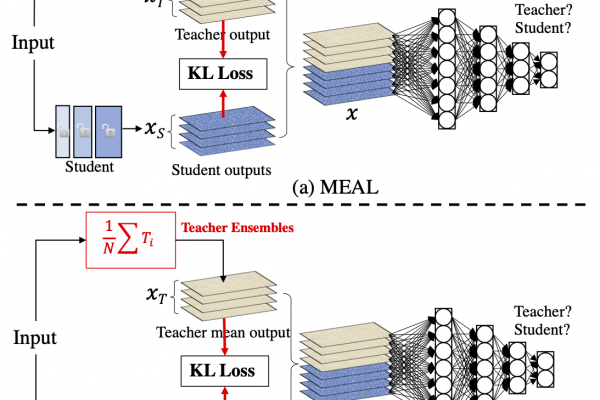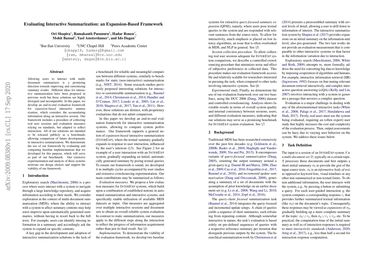Dialogue as Dataflow: A new approach to conversational AI
By the Semantic Machines research team “Easier said than done.” These four words reflect the promise of conversational AI. It takes just seconds to ask When are Megan and I both free? but much longer to find out manually from a calendar. Indeed, almost everything we do with technology can feel like a long path to a short goal. At Microsoft Semantic Machines, we’re working to bridge this gap—to build conversational AI experiences where you can focus on saying what […]
Read more